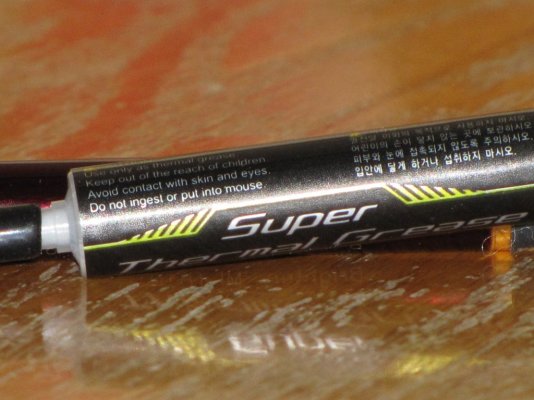It would just be a wild guess just to pop any x-over in a cabinet and hope for the best. That link I provided from my last post explains how to use the speakers and the box specs to see what kind of hardware that it would take for the best audio to match the x-over.
I found some specs on line for those speakers but you can physically measure the speakers depth and diameter, There's usually a manufacture and serial number on the back magnets of each speaker and you can often use that to get more detailed specs for each speaker.
Parts Express is also another place to check out for getting all your audio toys too.
https://www.parts-express.com/speaker-components/crossover-components
This is for your speaker set up but this is using the oem x-over
https://servlib.com/sony/audio/ss-mf600h.html
SPECIFICATIONS
Ver 1.0 2002.02
Speaker system
3-way, magnetically shielded
Loud speaker units
Woofer: 20 cm, cone type × 2
Mid range: 8 cm, cone type
Tweeter: 2.5cm, balance dome type
Enclosure type Bass reflex
Rated impedance 8 Ω
Power handling capacity
Maximum input power: 200W
Sensitivity level 89 dB (1W, 1m)
Frequency range 35 Hz - 50,000 Hz
Cross over frequency 5,000 Hz, 7,000 Hz
Dimensions (w/h/d)
Approx. 240 × 1,050 × 272 mm, not including front grille
Finish Black foil laminated
Mass Approx. 15.5 kg
Supplied accessory Speaker cord 2.5 m (2)
